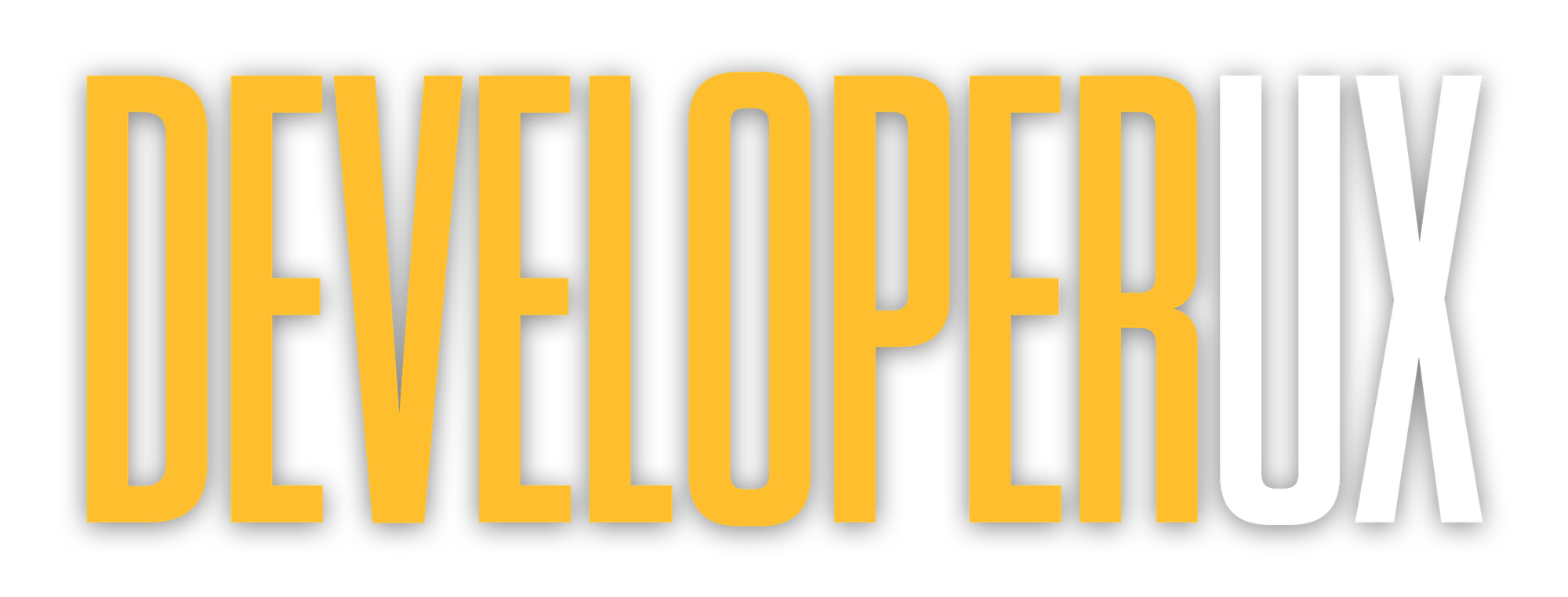UX Design Portfolio Checklist: 15 Must-Have Elements
Learn the essential elements for a standout UX design portfolio that showcases your problem-solving skills and measurable results.

Want to land your dream UX design job? Your portfolio matters more than your credentials. In fact, 83% of UX hiring managers prioritize portfolios over degrees. A strong portfolio doesn’t just showcase visuals - it tells the story of your problem-solving skills, user-centered thinking, and measurable results.
Here’s what your UX portfolio needs to stand out:
- Case Studies: Follow a 6-part structure (problem, research, design process, solution, results, lessons learned) to highlight your process and impact.
- Interactive Prototypes: Submissions with interactive elements are 65% more credible.
- About Page: Share your design philosophy, skills, and career highlights.
- Contact Page: Include LinkedIn, email, and scheduling links.
- Technical Excellence: Ensure fast load times, mobile compatibility, and accessibility (WCAG 2.1).
Quick Tip: Use platforms like Webflow or Squarespace for responsive, polished designs. Focus on storytelling, quantifiable results, and clean layouts to leave a lasting impression. Ready to build a portfolio that gets noticed? Let’s dive in.
How to design your UI/UX case study
Basic Portfolio Structure
Creating a professional UX portfolio involves three key elements that work together to highlight your skills and experience.
Platform Selection
The platform you choose plays a big role in how well you can present your problem-solving approach.
| Platform | Features | Best For | Monthly Cost |
|---|---|---|---|
| Webflow | No-code customization | Advanced interactions | $12-$36 |
| Squarespace | SEO-friendly templates | Visual storytelling | $16-$49 |
| Adobe Portfolio | Creative Cloud integration | Existing CC users | $9.99* |
*Includes access to Creative Cloud.
Look for platforms with responsive templates and built-in analytics to ensure a polished and functional portfolio.
Writing Your About Page
Your About page should balance professional achievements with your personal style. Use it to connect your career highlights and design philosophy to the user-focused methods referenced earlier.
Here’s how to structure it:
- Professional summary: A concise introduction (2-3 sentences) about your background.
- Key skills: Highlight specialized areas of expertise.
- Career highlights: Display milestones in a clear, timeline format.
- Design philosophy: Share your approach and tie it to personal interests.
Contact Information Setup
A good contact system makes it easy for recruiters and clients to reach you. Did you know that 93% of recruiters rely on LinkedIn as their main contact channel?
Set up a dedicated Contact page that includes:
- A professional email form.
- A link to your LinkedIn profile.
- A Calendly link for scheduling meetings.
Add contextual calls-to-action (CTAs) like "Discuss similar projects →" within your case studies to encourage engagement.
This structure sets the stage for your case studies, where you can dive deeper into showcasing your work through storytelling.
Building Strong Case Studies
Once your portfolio's foundation is set, it's time to highlight your problem-solving skills with well-crafted case studies.
Case Study Structure
A solid UX case study follows a six-part framework, showcasing both your process and the results. This structure helps convey your design thinking effectively:
| Component | Key Elements | Example |
|---|---|---|
| Problem Statement | Clearly define the issue | Postmates' high support ticket volume |
| Research Methods | Insights from various methods | Usability testing sessions |
| Design Process | Wireframes, prototypes, iterations | Figma prototype iterations improving navigation |
| Solution Development | Testing, validation, and implementation | Courier app interface optimization |
| Results | Measurable outcomes and impact | 35% reduction in support tickets |
| Lessons Learned | Insights and future recommendations | Accessibility improvements |
Project Storytelling
Great storytelling makes your case studies stand out. Frame challenges from the user's perspective, such as, "How do I manage onsite events?"
Organize your narrative around these moments:
- The initial challenge and constraints
- Key insights from research
- Major design decisions
- Solution validation and results
"The best case studies show progression from sketches to final UI, with clear explanations of design decisions at each stage", says Stephen Gay from Google's design team.
Data and Results
Quantifiable results showcase the impact of your design work. Use clear metrics to highlight success:
- Example: A redesigned navigation improved content findability by 30% and boosted user retention by 25%.
Support your claims with visual evidence like before/after screenshots, heatmaps, or analytics dashboards. If it’s a group project, clearly outline your role and contributions.
"We didn't move forward with the initial design because user testing revealed navigation issues", shares Elizabeth Lin, illustrating how to present iteration decisions effectively.
Numbers and visuals help tie your process to measurable outcomes - setting the stage for documenting your design process in the next section.
Design Process Documentation
Research Materials
Include essential research artifacts that highlight your user-focused approach and support the strategic mindset employers look for.
| Artifact | Purpose | Example |
|---|---|---|
| User Personas | Define target audience | User flow diagrams |
| Affinity Diagrams | Synthesize research | Visualized patterns from interviews |
| Usability Reports | Validate testing | Success metrics |
| Problem Statements | Identify issues | Pain point analysis |
"Research outputs that directly influenced design decisions are essential for demonstrating your discovery process", says the Interaction Design Foundation. "These artifacts help potential employers understand your thought process and problem-solving abilities."
Design Progress Steps
Include 3-4 annotated iterations from tools like Figma or Sketch to show how your designs evolved. Jamie Choi's bakery platform case study is a great example, showcasing side-by-side comparisons of low-fidelity wireframes and polished screens.
"Showing at least one pivot point where user feedback changed direction helps demonstrate your ability to adapt designs based on user insights", according to CareerFoundry guidelines.
Team Collaboration
Highlight your ability to work within cross-functional teams while maintaining clear ownership of your contributions. According to Toptal's 2024 data, teams that document collaboration processes onboard 31% faster.
Key collaboration artifacts include:
- Role ownership statements
- Workshop snapshots
- Annotated handoff materials
"Showing collaborative artifacts like design system documentation co-created with developers proves your ability to work across disciplines", emphasizes Nielsen Norman Group.
For technical details, include excerpts of edited specs that cover:
- Interaction states
- Component documentation
- Developer handoff requirements
These artifacts not only showcase your teamwork but also underline your ability to bridge design and development effectively. Next, we’ll focus on presenting these elements through a well-structured portfolio layout.
Portfolio Layout and Design
Content Organization
Creating a clean and effective portfolio layout begins with a clear visual hierarchy. Highlight 3-4 main case studies, utilizing consistent typography and spacing throughout. A simple 2-column grid with a fixed left navigation works well, allowing project details like category tags to appear on hover.
Here’s a quick guide to structuring your content effectively:
| Element | Specification |
|---|---|
| Thumbnails | 800-1200px width |
| Typography | Scales responsively |
| Images | WebP format under 200KB |
Device Compatibility
Your portfolio must be mobile-friendly to meet modern design standards. A great example is Adithya Holehonnur’s portfolio, which retains full functionality even at 320px screen widths. Set breakpoints for key devices: mobile (320px), tablet (768px), and desktop (1200px), ensuring the layout adapts seamlessly.
Interactive Features
Interactive elements should improve usability but not come at the cost of performance. Keep animations quick - under 200ms - and provide fallback options for more complex interactions.
Boost interactivity with these tips:
- Prototype Embedding: Add lightweight Figma or Adobe XD prototypes via iframes.
- Performance Adjustments: Turn off heavy animations for slower connections.
- Loading Strategies: Use static images with play buttons for smoother loading.
Also, make sure your project summaries are concise and visible within the initial screen view, showcasing your problem-solving skills right away.
Following these layout essentials will help you present your work effectively, setting the stage for technical validation in the next section.
Technical Requirements
Speed Optimization
The speed at which your portfolio loads can make or break recruiter engagement. To ensure fast performance, use modern tools to optimize your CSS and JavaScript. Pair these with Content Delivery Networks (CDNs) to improve global load times.
| Tool/Technique | Purpose |
|---|---|
| CSS/JS Minification | Reduces file size for faster loading |
| Content Delivery Networks | Speeds up global load times (aim for under 850ms) |
For example, Adobe Portfolio users saw a 40% improvement in load times by combining code minification with HTTP/2 server push techniques. Hosting platforms like Vercel or Netlify are great options - they offer automatic performance tweaks and Git-based deployment for seamless updates.
Accessibility Standards
If you want to highlight your UX expertise, meeting WCAG 2.1 Level AA standards is non-negotiable. Portfolios that meet these standards keep recruiters engaged for 35% longer. Here are the key areas to focus on:
- Color Contrast: Use a minimum 4.5:1 ratio for body text. Tools like WebAIM's Contrast Checker can help. For reference, Spotify Design uses a #181818 (dark gray) and #FFFFFF (white) combination, achieving a 16:1 ratio. Secondary accents should meet at least a 3:1 ratio for non-text elements.
- Keyboard Navigation: Ensure all interactive elements are accessible with visible focus states and proper ARIA labels for more complex components.
Browser Testing
Your portfolio needs to perform well across the most commonly used browsers. Here's where to focus:
- Chrome: The dominant browser, with 68% global usage.
- Safari: Essential for iOS and macOS users.
- Firefox and Edge: Common in enterprise settings.
For more intricate layouts, apply browser-specific fixes to address rendering inconsistencies. Hitting these technical benchmarks ensures your portfolio not only looks polished but also demonstrates your attention to UX fundamentals.
Conclusion: Portfolio Improvement Steps
Main Points Review
Creating a strong UX design portfolio means focusing on the elements that highlight your skills and problem-solving abilities. According to Toptal's 2024 survey, 92% of hiring managers value portfolios that showcase clear problem-solving processes over portfolios that focus solely on visual appeal.
The key areas to emphasize include detailed case studies, technical skills, and evidence of teamwork. Each component should clearly show your process and how your work made an impact on actual projects.
Action Plan
To refine your portfolio, concentrate on these practical steps:
- Audit and Measure: Begin with a detailed review of your portfolio using tools like Google Analytics. Pay attention to metrics such as case study bounce rates (aim for under 60%) and contact form conversion rates (target 2-5%).
- Improve Case Studies: Use Moritz Oesterlau's narrative framework to rewrite your case studies. Highlight your problem-solving methods and include measurable results to make them more compelling.
- Optimize Performance: Focus on technical improvements like speeding up load times with CDNs and conducting cross-browser compatibility tests.
- Enhance Content: Structure your content with clear summaries and expandable details. For example, speed-related optimizations can often be completed within 48 hours without disrupting other updates.
FAQs
What does a good UX portfolio look like?
Focus on quality over quantity. Include 1-2 standout case studies that highlight how you framed problems, approached design iteratively, and achieved measurable results. As Google's UX design team puts it, one exceptional case study is far more impactful than several average ones.
What should a UX design portfolio contain?
For entry-level designers, include 1-2 detailed projects. If you're more experienced, aim for 3-4 complex cases. Each project should follow the six-part case study framework:
- Problem framing
- Research methodology
- Design process documentation
- Solution development
- Results and impact
- Lessons learned
If you're just starting out, you can also include:
- Academic projects that showcase your problem-solving abilities
- Thoughtful redesigns of existing apps
- Volunteer work with measurable results, as discussed in the Data and Results section
Use these FAQs as a quick reference to make sure your portfolio meets the technical and structural guidelines we've covered.
